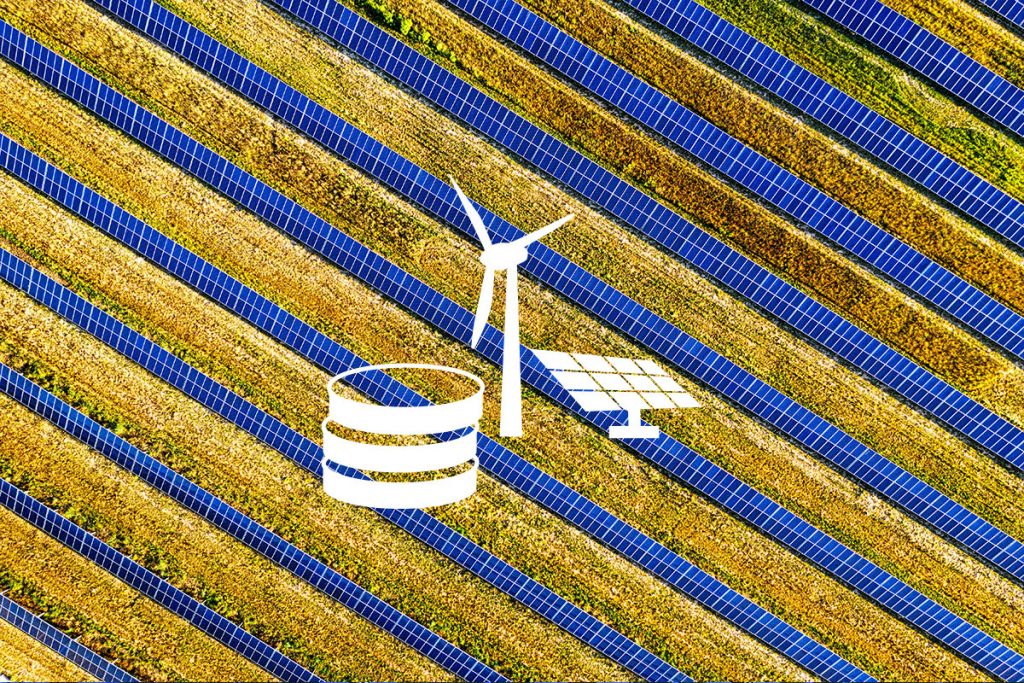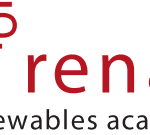This website uses cookies so that we can provide you with the best user experience possible. Cookie information is stored in your browser and performs functions such as recognising you when you return to our website and helping our team to understand which sections of the website you find most interesting and useful.

Flexible Grid Infrastructure and Management
- Power system planning
Learn how power generation based on variable renewable energy (VRE) sources challenge power grids. This course delves into solutions that enable power system flexibility for using variable power generation output from VRE sources.
€240 excl. VAT
- 19% VAT: private customers resident in the EU, companies/ public organisations and NGOs in Germany
- No VAT: private customers resident outside the EU, companies/ public organisations and NGOs outside Germany
1 month
About 20 hours
English
Online
01/07/2023
03/07/2023
Description
Description
Electrical energy stands out in importance due to the many applications that it has and the many more that are currently being developed for it. This growing demand means that larger quantities of electrical power must be produced, and this must be done in a sustainable and low carbon-intensity manner. As such, renewable sources of electrical energy, harnessing resources such as solar energy or the wind, are gaining in importance within the electrical energy mix. Given how these are produced, an important part of these are known as variable renewable energy (VRE).
Power generation based on VRE poses new challenges to power grids. Some of these challenges can be addressed by adapting power systems’ flexibility to the increasingly variable power generation output from VRE sources.
This course focuses on:
- Boundary conditions and procedures for grid operation
- Infrastructure improvements for VRE integration
- Congestion management considering low carbon emissions
Receive a reminder one week before the registration deadline.
Learning Objectives
Learning objectives
After completing this course, you should be able to:
- identify the technical limits of electrical grids;
- describe the most important boundary conditions and procedures for grid operation;
- explain which grid infrastructure components allow the transmission and distribution of high shares of VRE generation across the power system; and
- analyse congestion management procedures considering low carbon emissions.
Target Groups
Target groups
This course is suitable for those whom:
- are involved in grid operation, transmission and distribution with high shares of variable renewable energy (VRE);
- want to understand the available options to manage grid infrastructure with a high amount of VRE; or
- need to develop strategies to integrate VRE into grid operation.
RENAC certificate upon successful completion of the course for participants who score 70% or higher on the exam.
Features
Features
Flexibility to study at any time and from any location
Moderated discussion forum for students
Multimedia learning materials
RENAC certificate upon successful completion of the training
We offer discounts for our alumni, group bookings, and multiple purchases. Contact us for further details.
Contact with learning facilitators
Self-assessments
Certification
Additional Information
Lecturers
Lecturers
There aren't any lecturers in this training.
-
Description
-
Learning Objectives
-
Target Groups
-
Features
-
Lecturers
Description
Electrical energy stands out in importance due to the many applications that it has and the many more that are currently being developed for it. This growing demand means that larger quantities of electrical power must be produced, and this must be done in a sustainable and low carbon-intensity manner. As such, renewable sources of electrical energy, harnessing resources such as solar energy or the wind, are gaining in importance within the electrical energy mix. Given how these are produced, an important part of these are known as variable renewable energy (VRE).
Power generation based on VRE poses new challenges to power grids. Some of these challenges can be addressed by adapting power systems’ flexibility to the increasingly variable power generation output from VRE sources.
This course focuses on:
- Boundary conditions and procedures for grid operation
- Infrastructure improvements for VRE integration
- Congestion management considering low carbon emissions
Receive a reminder one week before the registration deadline.
Learning objectives
After completing this course, you should be able to:
- identify the technical limits of electrical grids;
- describe the most important boundary conditions and procedures for grid operation;
- explain which grid infrastructure components allow the transmission and distribution of high shares of VRE generation across the power system; and
- analyse congestion management procedures considering low carbon emissions.
Target groups
This course is suitable for those whom:
- are involved in grid operation, transmission and distribution with high shares of variable renewable energy (VRE);
- want to understand the available options to manage grid infrastructure with a high amount of VRE; or
- need to develop strategies to integrate VRE into grid operation.
RENAC certificate upon successful completion of the course for participants who score 70% or higher on the exam.
Features
Flexibility to study at any time and from any location
Moderated discussion forum for students
Multimedia learning materials
RENAC certificate upon successful completion of the training
We offer discounts for our alumni, group bookings, and multiple purchases. Contact us for further details.
Contact with learning facilitators
Self-assessments
Certification
Additional Information
Lecturers
There aren't any lecturers in this training.
Testimonials
Excellent!
The overall experience is good. Looking forward to attempting more training.
Interested in RENAC trainings?

Type of training:
Next Date:
Duration:
Fee:

Type of training:
Next Date:
Duration:
Fee:

Type of training:
Next Date:
Duration:
Fee:

Type of training:
Next Date:
Duration:
Fee:

Type of training:
Next Date:
Duration:
Fee:

Type of training:
Next Date:
Duration:
Fee:

Type of training:
Next Date:
Duration:
Fee:

Type of training:
Next Date:
Duration:
Fee:

Type of training:
Next Date:
Duration:
Fee:

Type of training:
Next Date:
Duration:
Fee:

Type of training:
Next Date:
Duration:
Fee:

Type of training:
Next Date:
Duration:
Fee:

Type of training:
Next Date:
Duration:
Fee:

Type of training:
Next Date:
Duration:
Fee:
© 2024 | Renewables Academy (RENAC) AG



